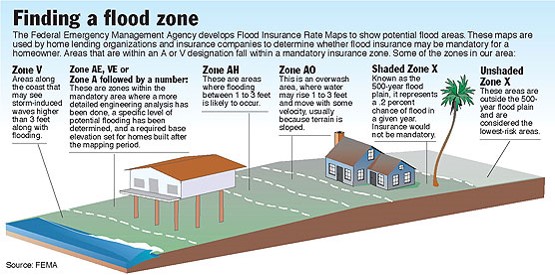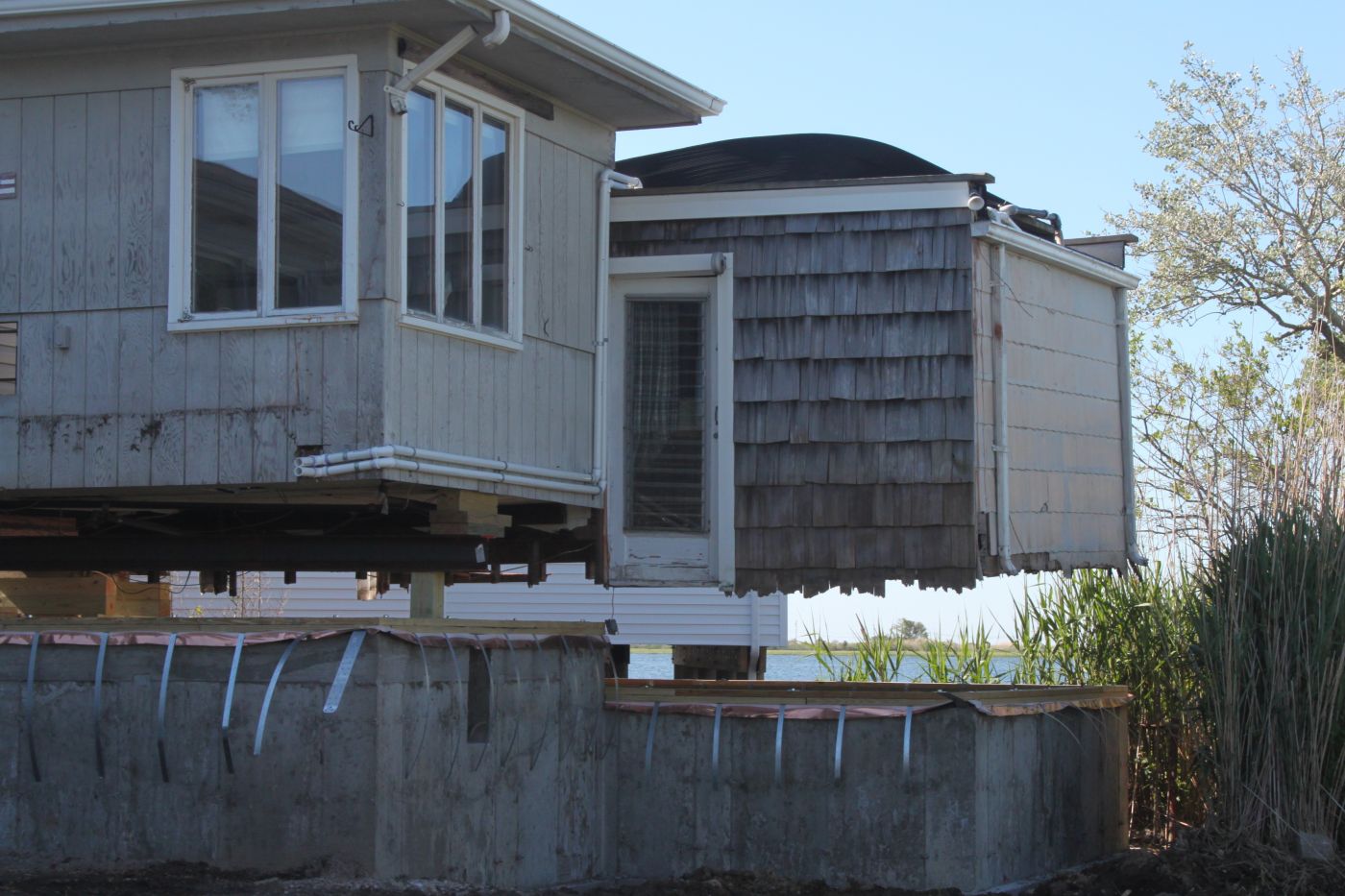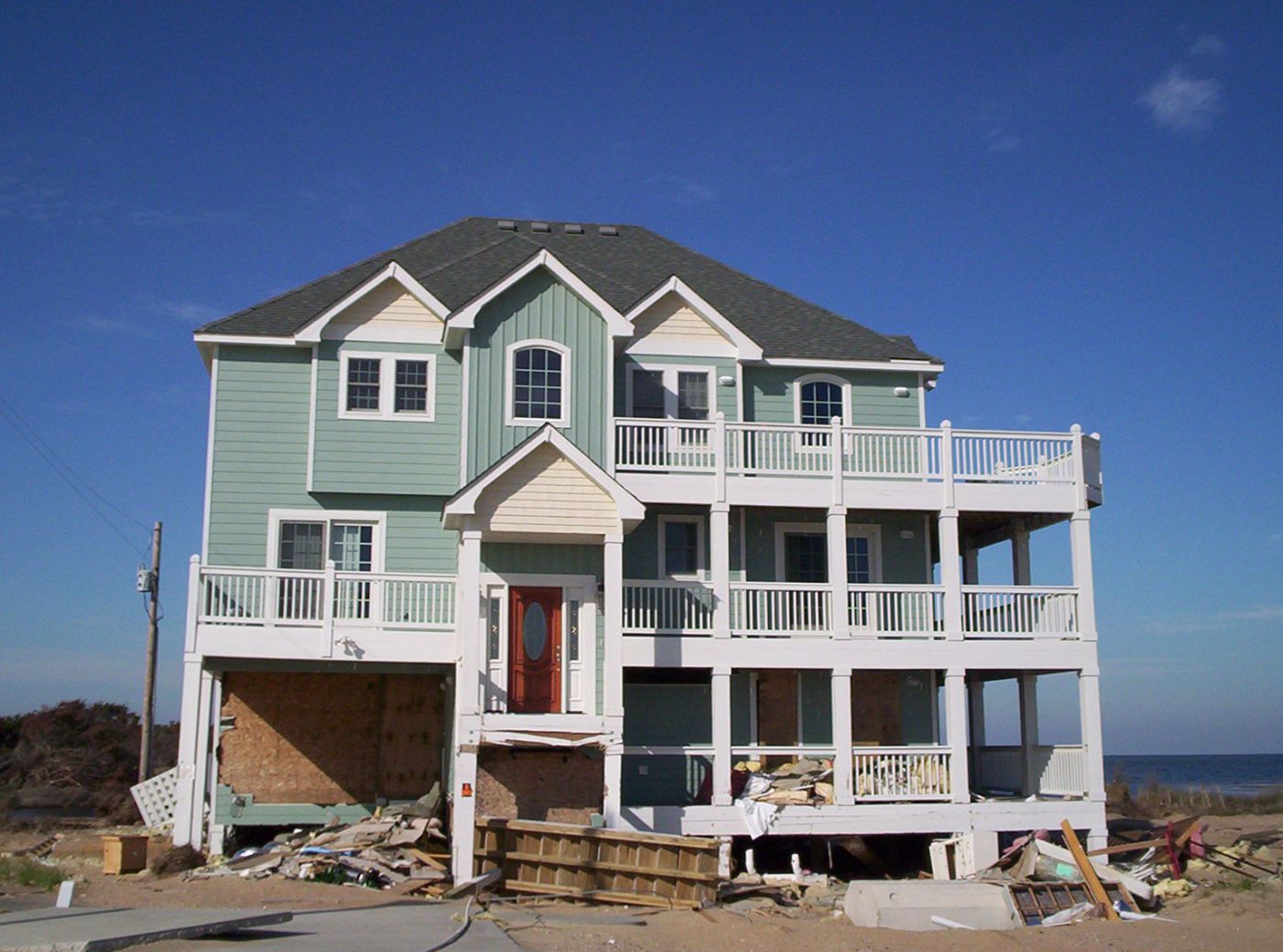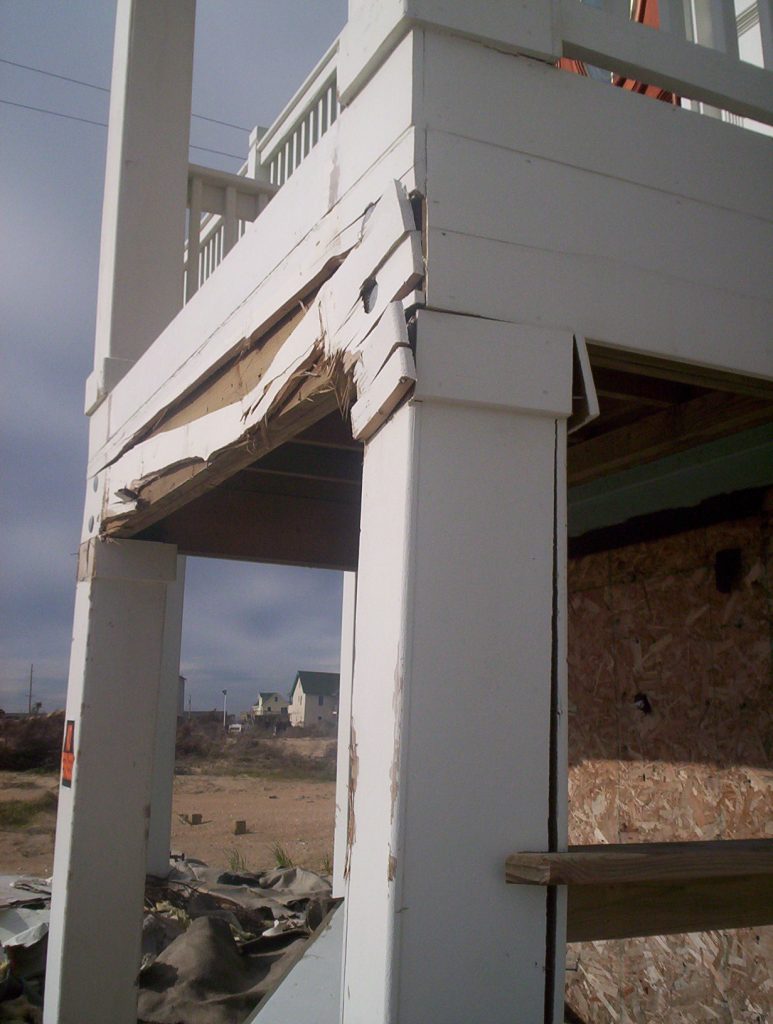
Whether your structure has been ‘substantially’ damaged or not is determined by a number of factors. The first time many people will encounter this rule is when they receive damage from some type, wind and flood, fire and termite, remodel and repair, and have to apply for a permit to repair. At the local government level in the 20,200 participating, it is the Chief Building Code Official that makes the call and is responsible to enforce this portion of the International Building Code. Previously these standards were handled by a separate arm of local enforcement a floodplain manager. The rule that is used to determine if a structure has been deemed substantially damaged is essentially “The 50% Rule” and is now enforceable under the IBC.

Location – The important prerequisites for the 50 Percent Rule is that the structure must lie in a “1%” annual chance floodplain area, or a designated Special Flood Hazard Area (SFHA). These are areas that are more likely to flood and one might look for clues in new construction in the neighborhood and see if it is being built elevated.
Elevation – If a property is located in a SFHA then one must obtain an elevation certificate to determine the height of the structure in relation to sea level or technically the NGVD is sufficient based on the requirements for elevation of new construction as defined by the flood map and any free board. Freeboard is a requirement that is added by local adoption of additional height requirement. In rare circumstances the flood map might be modified by a LOMA F location of map alteration after an interaction with FEMA.
Value of The Repairs – If the repair costs are equal to or more than 50% of the structure’s pre-disaster market value and it is in a SFHA then it is substantially damaged. Some components of drying and cleaning may not need be included in the value of the damages. In addition, these values of the damage and the value of the structure deserve to be on the same basis or based on the prices at the same time not the elevated costs following a storm. This is an important distinction and can make a large difference.
Value of the Structure – The value of the structure only no land can also be interpreted in different ways. These can include the more typical way which is a look at the county tax appraisers’ website and the addition of a factor of 20. In some occasions a construction value that is a replacement estimate with depreciation applied is a more accurate method of cost evaluation. This may be the case of solid built residence of concrete which is structurally sound that may have a lower appraised value due to the economic conditions locally.
Example For instance, if the market value of the structure was $100,000 before the damage was caused, and the repair costs are equal to or more than $50,000, the structure is in a SFHA and is not elevated compliant with the requirements of new construction then the property been substantially damaged and will need to be brought up to cod in all respects.
The owner of the structure must change their structure to fall in compliance with the local floodplain regulations including elevating their structure to prevent losses in the future. More likely they will demolish or relocate the structure or flood-proof a non-residential structure. Moreover, property owners who have a building that qualifies as substantially damaged, hold flood insurance policy through NFIP, and fall under the SFHA region have the option to use up to $30,000 in order to help pay for elevation, relocation, demolishment of a structure, or the floodproofing a non-residential structure. These funds are taken from the flood insurance policy and are referred to as the Increased Cost Of Compliance (ICC).

In many municipalities, the whole process of determining substantial damage can lead to a buyout whereby the community involved chooses to offer to demolish or purchase property that has been damaged. For example, FEMA aims to implement the buyout process and recently approved a billion dollars for the recovery of Hurricane Harvey, and is also to review any current procedures and laws that to determine if it can offer expedited aid to the multiple loss property owners who were flooded.

Keep in mind that not complying with the permitting response can lead to severe consequences and flood maps change. Timing of permits can make all the difference in a game of inches.
Additionally, FEMA neither determines the substantial damage not notify the property owners of the determination. Their data is given instead to local jurisdictions which then make the substantial damage determinations in accordance with their own ordinance.If the structure does turn out to be substantially damaged, it has to come to comply with the local floodplain regulations.
How Complete Inc. Can Help You Navigate The Restoration Process
Complete is a licensed general contracting and construction consulting and forensic engineering firm. We have experience in the diagnostics, costs modeling and restoration of properties damaged by wind, water, fire and construction defect. John Minor the president of Complete is a flood plain manager and a member of the ASFPM Floods.org. Contact us to learn more about the 50 Percent Rule.
Citations:
FEMA’s 50% Rule & How It May Affect Your Property
50% Rule, League of Municipalities – Town of Carolina Beach, NC